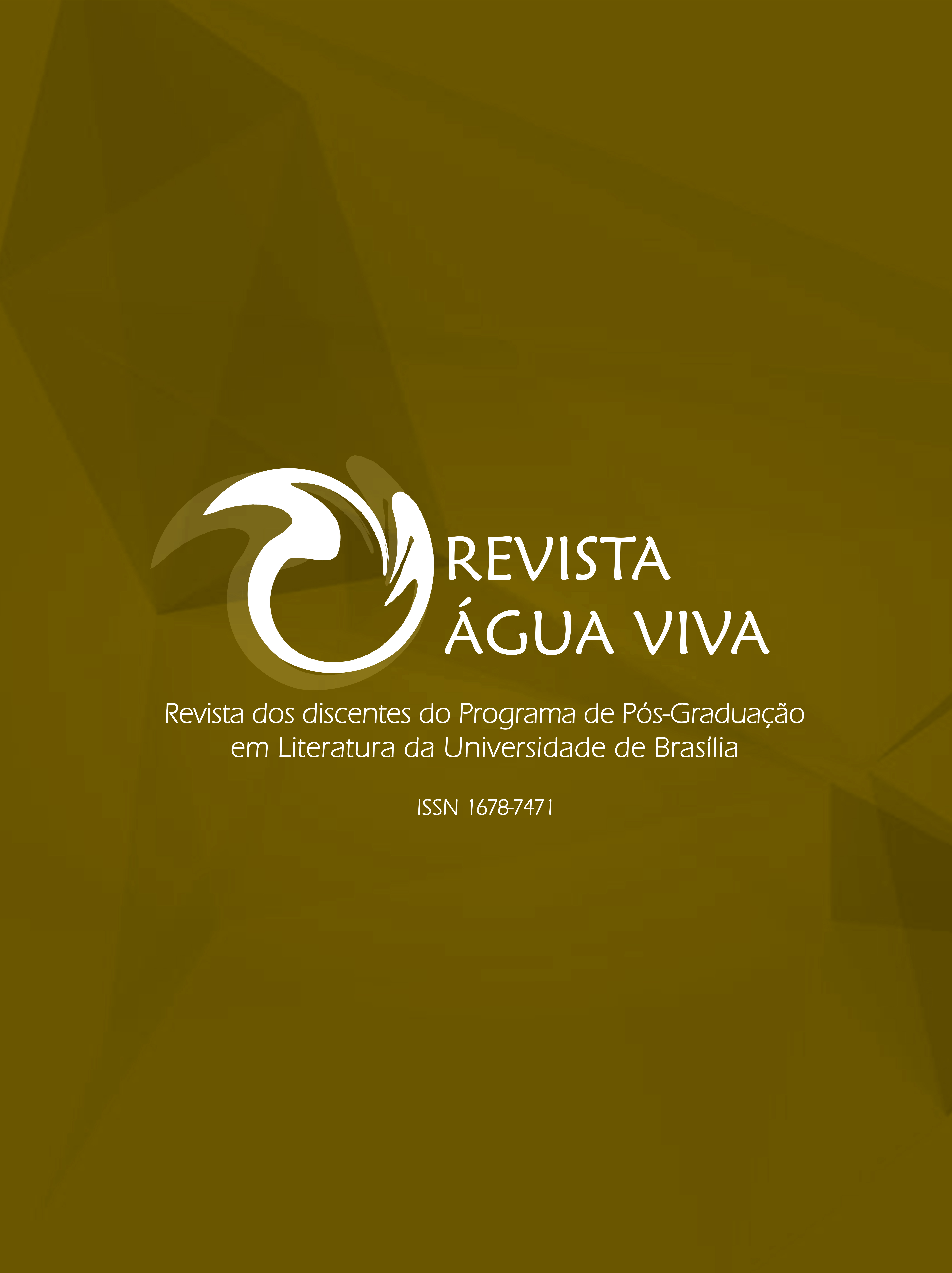THE CHANGES IN THE CRITICISM PARADIGM OF LOLITA BY NABOKOV
DOI:
https://doi.org/10.26512/aguaviva.v5i3.31675Keywords:
Literature. Criticism. Lolita. Nabokov.Abstract
This study presents theoretical readings about the novel Lolita (1958), by Vladimir Nabokov throughout the history of its criticism. More specifically, our aim was to demonstrate how the theoretical paradigm broke in the readings of the novel. Around the publication of the work there had been many reviews in newspapers and magazines, followed by a first brief moment in which the criticism treated the novel as a love plot. Formalistic readings, focused on textual aspects such as parody, were highly widespread in the 1960s and 1970s. After the author's death in the late 1970s, and with the advancement of Cultural Studies in the following decade, the criticism completely changed its focus. Then, it has emerged readings that mostly focused on the ethical aspects of the work, such as the abuse. We have based our research on the studies of Barthes (2005), Clegg (2000) and Connolly (2009).
Downloads
References
APPEL JR., Alfred. Lolita’: The Springboard of Parody. Wisconsin Studies in Contemporary Literature, v. 8, n. 2, p. 204-241, 1967.
BRONFEN, Elizabeth. Over her dead body: death, femininity and the Aesthetic. Manchester: Manchester University Press, 1992.
CLEGG, Christine (org.). Vladimir Nabokov Lolita: a Reader’s guide to essential criticism. Cambridge: Icon Books, 2000.
CONNOLLY, Julian. A reader’s guide to Nabokov’s Lolita. Boston: Academic Studies Press, 2009.
EAGLETON, Terry. The function of criticism. London: Verso, 2005.
QUAYLE, Anika Susan. Lolita is Dolores Haze: the ‘real’ child and the ‘real’ body. Nabokov Online Journal, v. 3, p. 1-26, 2009. Disponível em: <http://www.nabokovonline.com/uploads/2/3/7/7/23779748/v3_07_quayle.pdf > Acesso em: 20 mai. 2020.
NABOKOV, Vladimir. The Annotated Lolita. London: Penguin Books, 2000.
NABOKOV, Vladimir. Lolita. Tradução de Jorio Dauster. São Paulo: Folha de S. Paulo, 2003.
KAUFFMAN, Linda. Framing Lolita: Is there a woman in the text? In: KAUFFMAN, Linda. Special delivery: epistolary modes in modern fiction. Chicago: University of Chicago Press, 1992. p. 53-79.
STAGNER, Page. Escape into aesthetics: the art of Vladimir Nabokov. New York: Dial, 1966.
WILHITE, Keith. Aggressive tendencies: Lolita and the conscripted reader. Nabokov Studies, v. 13, n. 1, p.1-29, 2014.
TRILLING, Lionel. The last lover: Vladimir Nabokov’s Lolita. Encounter, Oct. 1958, p. 9-19.
Downloads
Published
How to Cite
Issue
Section
License
Copyright (c) 2020 Revista Água Viva

This work is licensed under a Creative Commons Attribution-NonCommercial-NoDerivatives 4.0 International License.
Direitos Autorais para artigos publicados nesta revista são do autor, com direitos de primeira publicação para a revista. Em virtude da aparecerem nesta revista de acesso público, os artigos são de uso gratuito, com atribuições próprias, em aplicações educacionais e não-comerciais.













